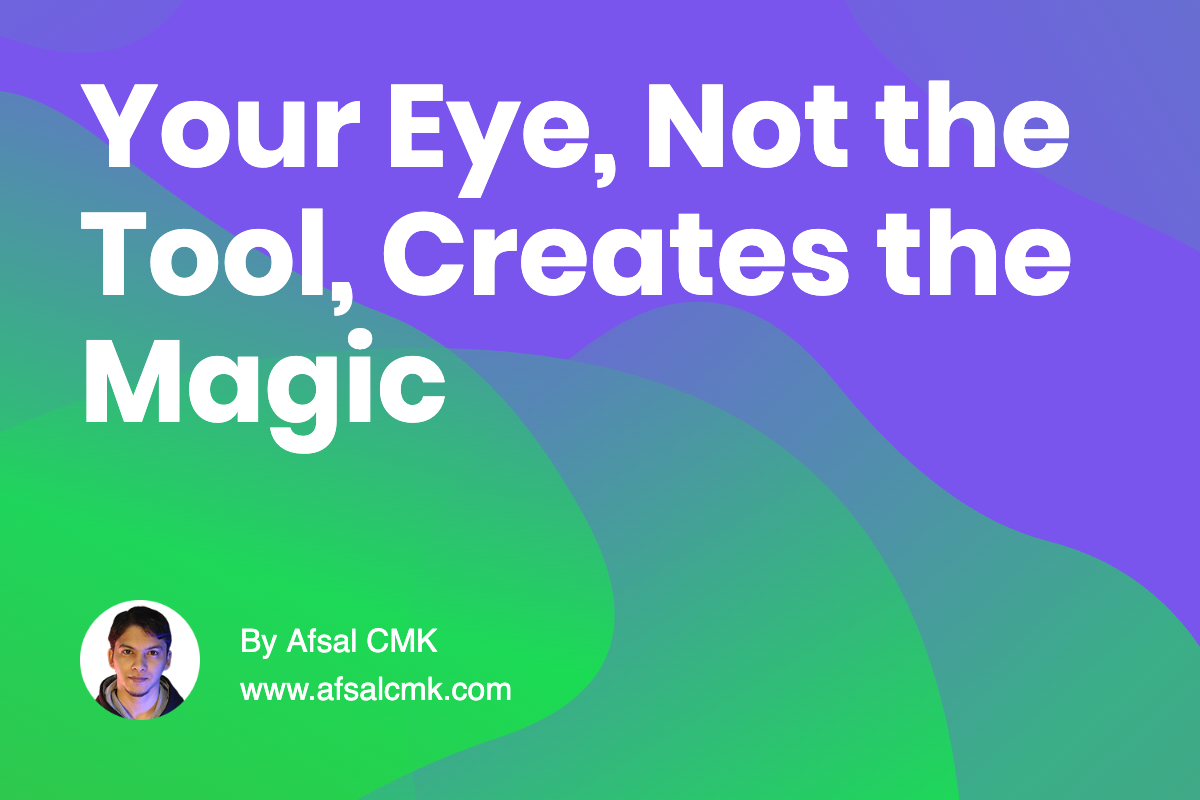
Your Eye, Not the Tool, Creates the Magic
In my career, I’ve lived through enough tool revolutions to lose count. Photoshop once ruled the design world, then Sketch disrupted it, Figma reshaped collaboration, and now AI tools are promising to redesign how we work altogether. Every shift came with noise-claims that this was the future, that mastery of this platform would define who was ahead. But after twenty years of designing, leading, and building, I know that tools only give you a surface advantage. What truly separates great work from average work is not the tool in hand, but the eye behind it.
I’ve watched young designers race to memorize shortcuts and chase plugins, assuming that speed and efficiency would instantly translate to impact. Yet, I’ve also seen others-with a far simpler grasp of the same tools-craft work that made the whole room pause. The difference was never in their toolbar, it was in their vision. They knew how to spot balance in a composition, how to push color beyond obvious choices, and how to shape something that felt alive. That sensitivity can’t be downloaded. It’s something you train, nurture, and guard like your most valuable asset.
Tools will keep evolving, and they should. They give us leverage, speed, and new ways to collaborate. But they will never replace the artistic sense-the muscle memory you build from sketching, observing patterns in nature, studying proportions in architecture, or experimenting beyond the rules. Imagination is what transforms the most basic feature into something remarkable. Without it, even the most powerful tool becomes ordinary, just another menu of options without intention.
That’s why I always tell my team: don’t just learn the tool, train your eye. Look at how light falls in a room, notice how a typeface shifts the tone of a word, experiment with asymmetry until it feels right. These small practices accumulate and quietly give you an edge no software update can offer.
So here’s the challenge: next time you reach for the latest tool, pause and ask yourself-what am I bringing to this canvas that the tool alone cannot? Keep investing in your eye and your imagination, because that’s what will keep your work timeless, no matter how the tools keep changing.